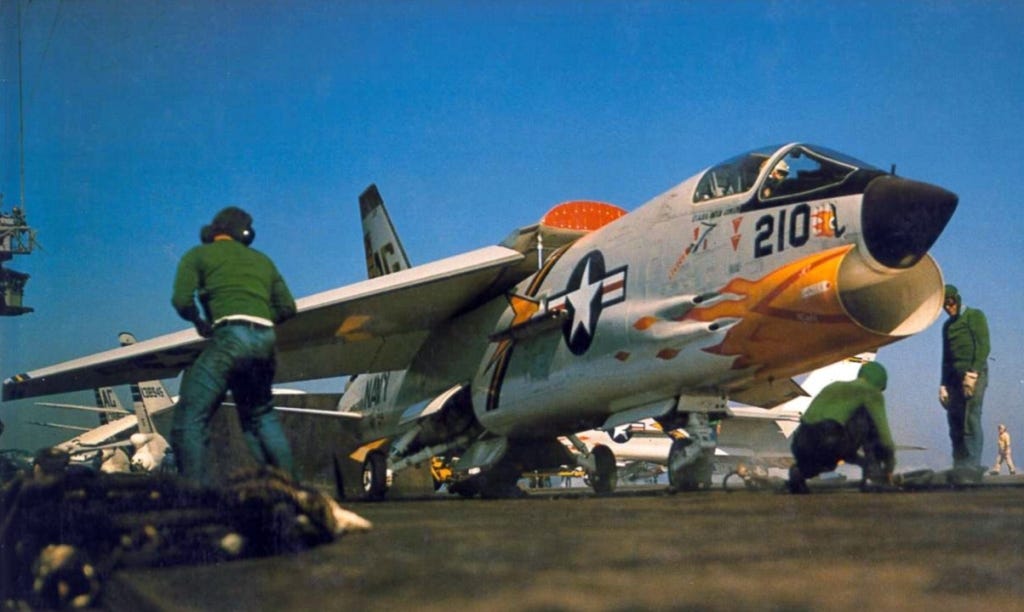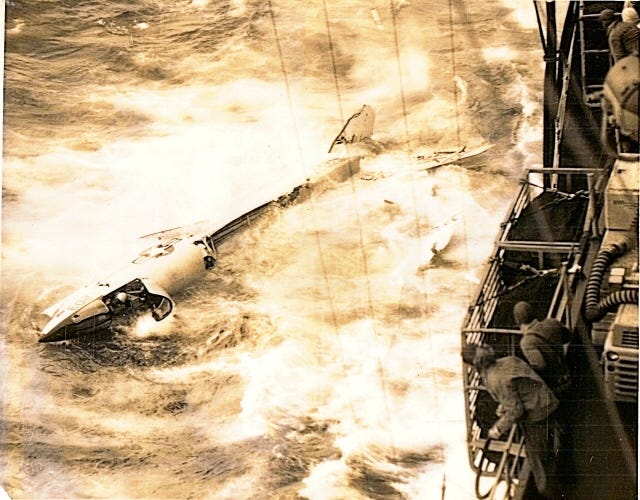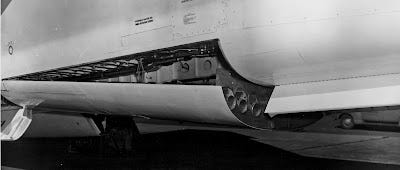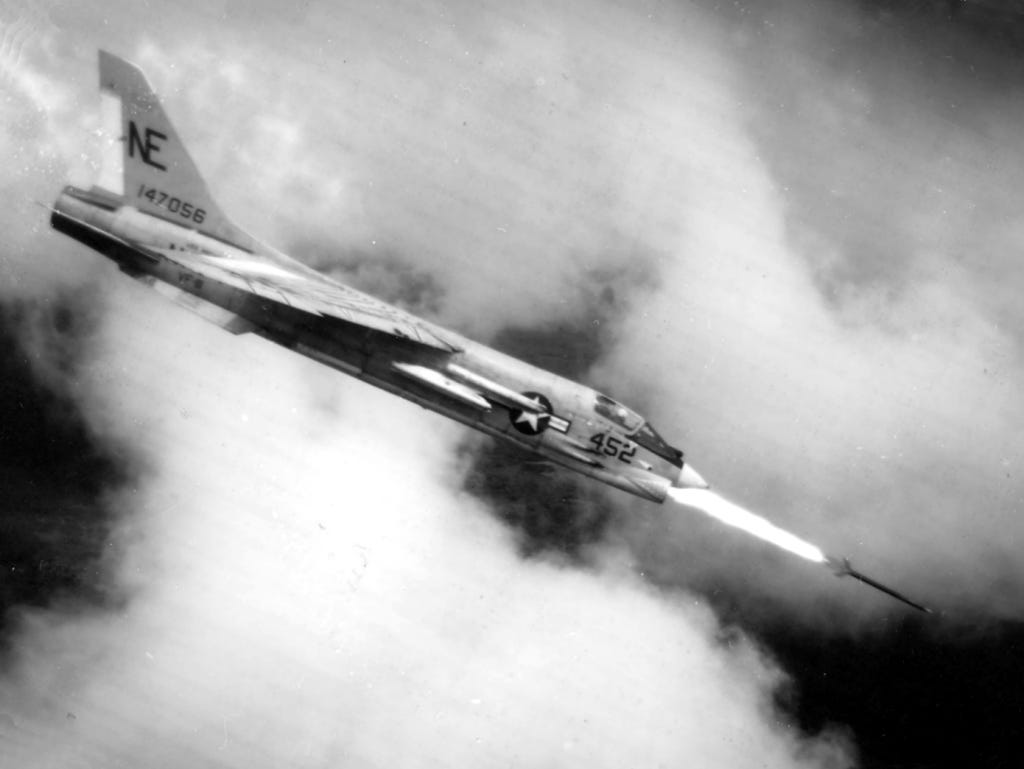10 things that sucked about the F-8 Crusader
10 flaws of Vought's Ensign Killer Fighter Aircraft
Fast and agile, with a decent range, the Crusader carrier fighter enjoys a positive reputation as 'The Last Gunfighter'. It has been described as."..by far one of the greatest fighters of its era"; we even rated it the second-best fighter of 1969. This sleek Cold War aircraft even boasts the best kill-to-loss ratio of any US fighter aircraft in Vietnam. But, as we shall see, a great deal was wrong with the F-8. And there wasn't a long wait to find this out, the first production F8U-1 was also the first to be lost, killing pilot Harry Brackett; a truly shocking number of incidents, many fatal, would follow. By the time the Crusader retired, there had been call to use the ejection seat over 500 times, the first in 1956 (a year before the type entered service) and the last in 1997 (in French service). Here are 10 things that sucked about the F-8 Crusader.
10. Missiles
The F-8 could carry a maximum of four air-to-air missiles, half that of the F-4 Phantom II. Even carrying four AIM-9 Sidewinder air-to-air missiles, proved draggy and made it harder for the Crusader to reach minimum landing weight if the weapons were not expended. Because of this, the F-8 most often went to war with only two missiles. This lack of missile persistence was a big deal, as the gun installation was terrible and the probability of kill of 1960s missiles was terrible.
Another reason for an often smaller weapon load was a shortage of AIM-9s, particularly in 1966 (and of AIM-9Ds in 1968). Each variant of the Sidewinder employed by the Crusader in Vietnam had its own limitations: the B was relatively slow, bad at turning with a small warhead; the radar-guided C was withdrawn before being used in combat due to maintenance problems; and the generally superior D had less reliable fuzing than the B.
9. Bang bang bad
Though famed as the 'Last Gunfighter', all but one of the F-8's kills were with missiles. This was because of the many problems with the F-8's gun installation. A major issue was the Colt Mk 12 cannon hated being fired above a rather conservative 3.5G (the M61 Vulcan used by other US fighters was rated up to 7.33G).
The guns' rate of fire was unpredictable, sometimes even zero, and they suffered from pneumatic charging issues and 'barrel whip', which caused inaccurate fire. Up to 1966, the guns jammed in three out of eight engagements.
8. Engine
There are plenty of reasons you want a quick-responding engine in a carrier aircraft, as a delay can cost you your life. The two-second afterburner delay in early versions caused a lot of heartbreak; when pilot Tom Irwin tried to land his F-8C in 1965, it caught the fourth wire, but his arrestor hook point sheared from the shank, causing his aircraft to keep rolling rather than stopping on the deck. His only chance was to take off again, but his burner was too slow in response to get him to a safe minimum speed of 80 knots. Too slow to even eject, he flew into the sea, whereupon his afterburner ignited, causing the engine to explode. Miraculously he escaped his aircraft, manually, in record time and survived. In similar circumstances, four out of five pilots were killed.
7. Rockets
Early Crusaders carried internal rocket packs, that were opened before firing. To minimise frontal cross-section the magazines of sixteen rockets were mounted one behind the other. If one rocket failed to leave the launcher, it could be hit by a round from behind with potentially catastrophic consequences. If a round failed to clear the launcher it could mean the launcher could not retract, the extended launcher blocked the nose gear door making it impossible to extend the nose gear. If when the rockets did fire, they were comically inaccurate, "One study indicated that 128 rockets, four Crusaders' worth, would have to be expended on one bomber for a 97% probability that it would be hit at least once.1".
5. Inferiority to the F-4
In the first training dogfight sortie, an F-8 pilot
Keep reading with a 7-day free trial
Subscribe to Hush-Kit Aviation Newsletter to keep reading this post and get 7 days of free access to the full post archives.







